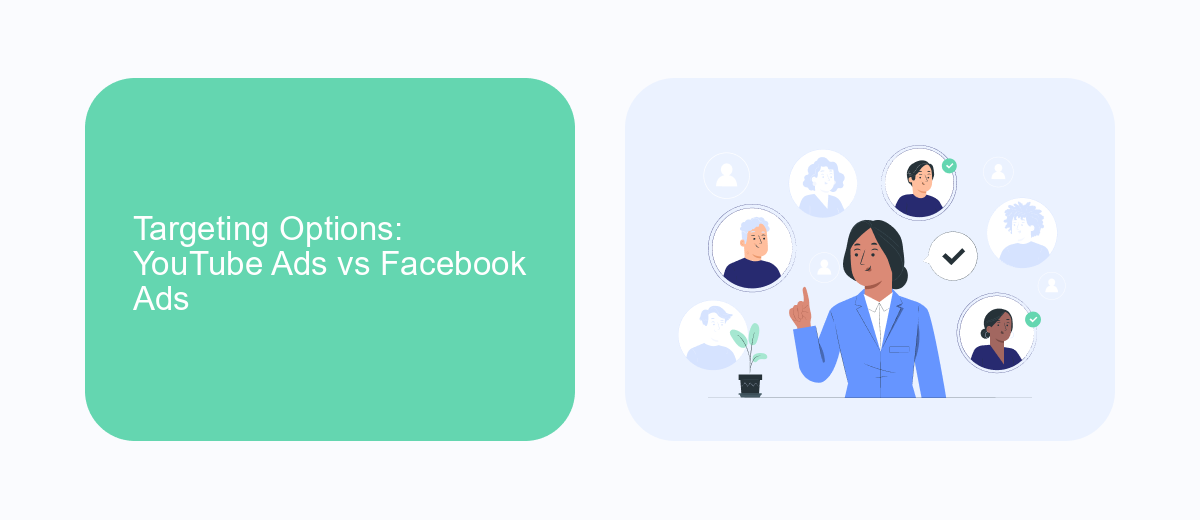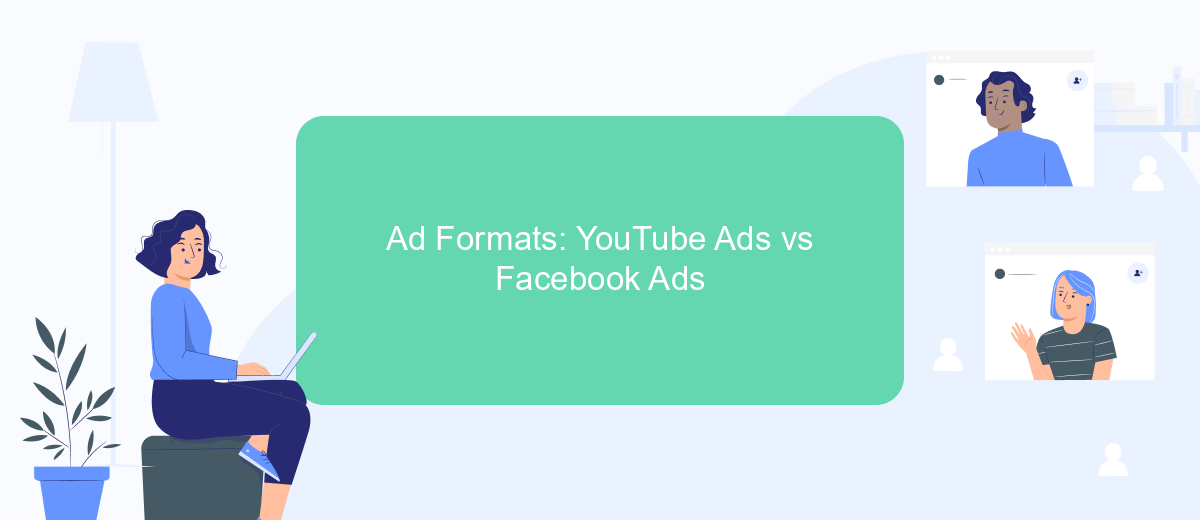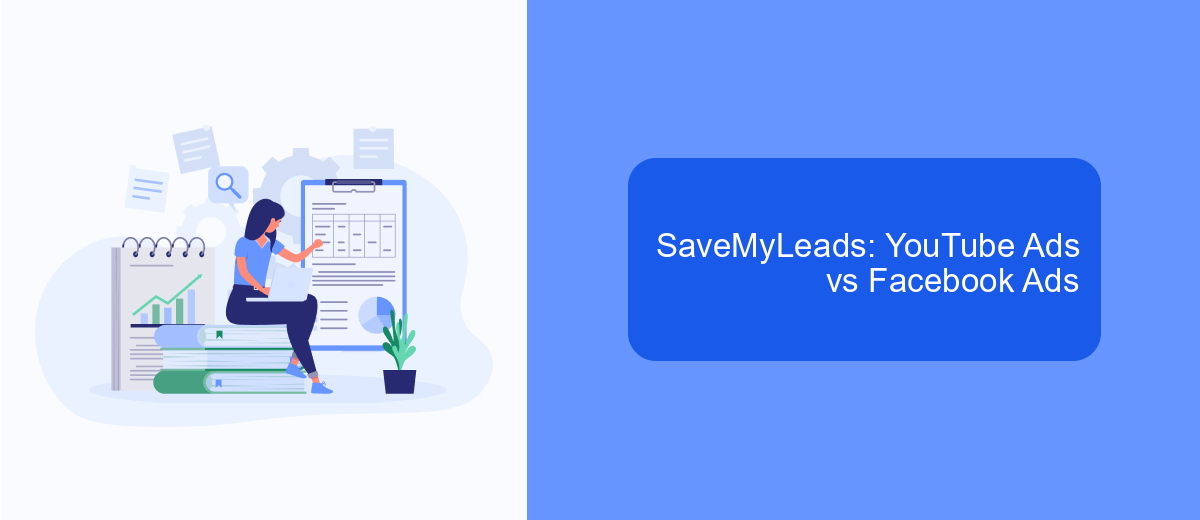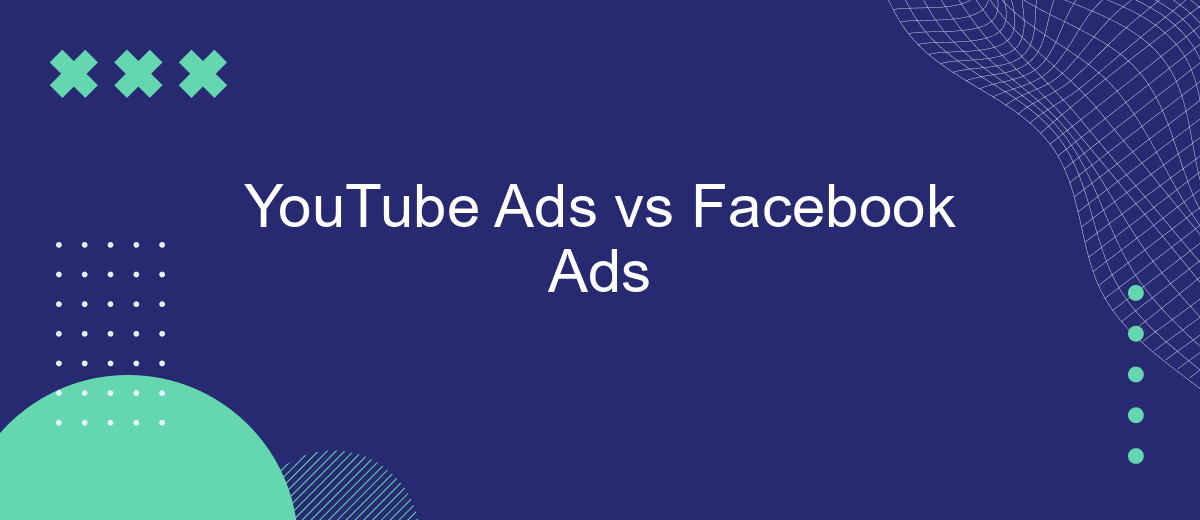In the ever-evolving landscape of digital marketing, businesses are constantly seeking the most effective platforms to reach their target audiences. YouTube Ads and Facebook Ads have emerged as two of the most powerful tools for advertisers. Each platform offers unique advantages and challenges, making the choice between them crucial for maximizing return on investment. This article explores the key differences and benefits of YouTube Ads versus Facebook Ads.
YouTube Ads vs Facebook Ads: Overview
YouTube Ads and Facebook Ads are two of the most prominent platforms for online advertising, each offering unique benefits and features. YouTube, being a video-centric platform, allows advertisers to engage users through visually compelling content. It is ideal for brands aiming to create a strong visual impact and reach audiences through targeted video ads. Facebook, on the other hand, offers a more diverse set of ad formats, including image, video, carousel, and slideshow ads, allowing advertisers to tailor their campaigns to various objectives and audience segments.
- YouTube Ads are primarily video-based, offering formats like skippable and non-skippable ads, bumper ads, and sponsored cards.
- Facebook Ads provide a variety of formats, including image, video, carousel, and collection ads, suitable for different marketing goals.
- YouTube targets users based on viewing behavior and interests, while Facebook uses detailed demographic and interest-based targeting.
Ultimately, the choice between YouTube Ads and Facebook Ads depends on the advertiser's goals, target audience, and content strategy. YouTube is perfect for brands looking to leverage video storytelling, whereas Facebook excels in versatility and precise audience targeting. Both platforms offer robust analytics to measure campaign performance, enabling advertisers to optimize their strategies effectively.
Targeting Options: YouTube Ads vs Facebook Ads

YouTube Ads and Facebook Ads offer distinct targeting options tailored to their unique platforms. YouTube Ads leverage Google's robust data, allowing advertisers to target users based on search history, viewing behavior, and demographic information. This enables precise audience targeting, including options like affinity audiences, in-market segments, and life events. YouTube's integration with Google Ads provides a seamless experience for advertisers, helping them reach potential customers effectively through video content.
Facebook Ads, on the other hand, excel in targeting based on user interests, behaviors, and connections. With its vast array of data from user interactions, Facebook allows advertisers to create highly specific audience segments. Features like Custom Audiences and Lookalike Audiences enable businesses to reach users similar to their existing customers. Additionally, services like SaveMyLeads can enhance the integration process, allowing advertisers to automate lead management and streamline their marketing efforts on Facebook. Both platforms offer powerful targeting capabilities, but the choice depends on the advertiser's objectives and audience preferences.
Ad Formats: YouTube Ads vs Facebook Ads

When it comes to advertising on YouTube and Facebook, understanding the different ad formats each platform offers is crucial for optimizing your marketing strategy. Both platforms provide unique opportunities to engage with audiences, but they differ in how ads are presented and consumed by users.
- YouTube Ads: YouTube offers several ad formats including skippable in-stream ads, non-skippable in-stream ads, bumper ads, and video discovery ads. These formats allow advertisers to reach viewers with video content that can be tailored to different stages of the customer journey.
- Facebook Ads: Facebook provides a variety of ad formats such as image ads, video ads, carousel ads, slideshow ads, and collection ads. These formats are designed to integrate seamlessly into users' news feeds and stories, offering a more native advertising experience.
Choosing the right ad format depends on your campaign goals, target audience, and the type of content you wish to promote. While YouTube is ideal for video-centric campaigns, Facebook offers diverse formats that can cater to both visual and text-based advertising needs. Understanding these differences can help marketers effectively allocate their advertising budgets and maximize reach.
SaveMyLeads: YouTube Ads vs Facebook Ads

When it comes to digital advertising, YouTube Ads and Facebook Ads are two of the most powerful platforms available. Each offers unique advantages that cater to different marketing needs and audience engagement strategies. Understanding these differences can help businesses optimize their advertising efforts for better results.
YouTube Ads are particularly effective for brands looking to leverage video content to capture audience attention. With its vast user base, YouTube offers diverse ad formats, including skippable and non-skippable ads, ensuring flexibility in reaching potential customers. In contrast, Facebook Ads provide robust targeting options, allowing advertisers to hone in on specific demographics, interests, and behaviors, making it ideal for precise audience targeting.
- YouTube Ads: Ideal for video-centric campaigns.
- Facebook Ads: Superior for targeted demographic reach.
- YouTube: Engages through visual storytelling.
- Facebook: Utilizes detailed user data for targeting.
Ultimately, the choice between YouTube Ads and Facebook Ads should depend on your brand's specific goals and the nature of your target audience. While YouTube excels in engaging users through immersive video content, Facebook offers unparalleled precision in targeting, making it a formidable tool for reaching specific market segments.


YouTube Ads vs Facebook Ads: Which is Better?
When comparing YouTube Ads and Facebook Ads, it is essential to consider your marketing goals and audience. YouTube Ads excel in reaching audiences through engaging video content, making them ideal for brands aiming to showcase products or services visually. With YouTube's vast user base, advertisers can tap into a diverse audience, leveraging detailed targeting options to reach specific demographics. Furthermore, YouTube's integration with Google Ads offers robust analytics to measure performance, ensuring that campaigns are optimized for maximum impact.
On the other hand, Facebook Ads provide a versatile platform for businesses to engage users through various ad formats, including images, videos, and carousels. Facebook's advanced targeting capabilities allow advertisers to reach users based on interests, behaviors, and demographics, making it a powerful tool for personalized marketing. Additionally, services like SaveMyLeads can enhance the effectiveness of Facebook Ads by automating lead data integration, ensuring that businesses can efficiently manage and nurture leads. Ultimately, the choice between YouTube Ads and Facebook Ads hinges on the specific needs and objectives of your marketing strategy, as both platforms offer unique advantages.
FAQ
What are the main differences between YouTube Ads and Facebook Ads?
Which platform generally offers better targeting options?
How do I decide which platform is better for my business?
Can I integrate and automate my ad campaigns on these platforms?
Which platform is more cost-effective for advertising?
What do you do with the data you get from Facebook lead forms? Do you send them to the manager, add them to mailing services, transfer them to the CRM system, use them to implement feedback? Automate all of these processes with the SaveMyLeads online connector. Create integrations so that new Facebook leads are automatically transferred to instant messengers, mailing services, task managers and other tools. Save yourself and your company's employees from routine work.
